After heightened attention, university continues efforts to identify and return ancestors
- Jan. 21, 2025 | Bellingham, WA
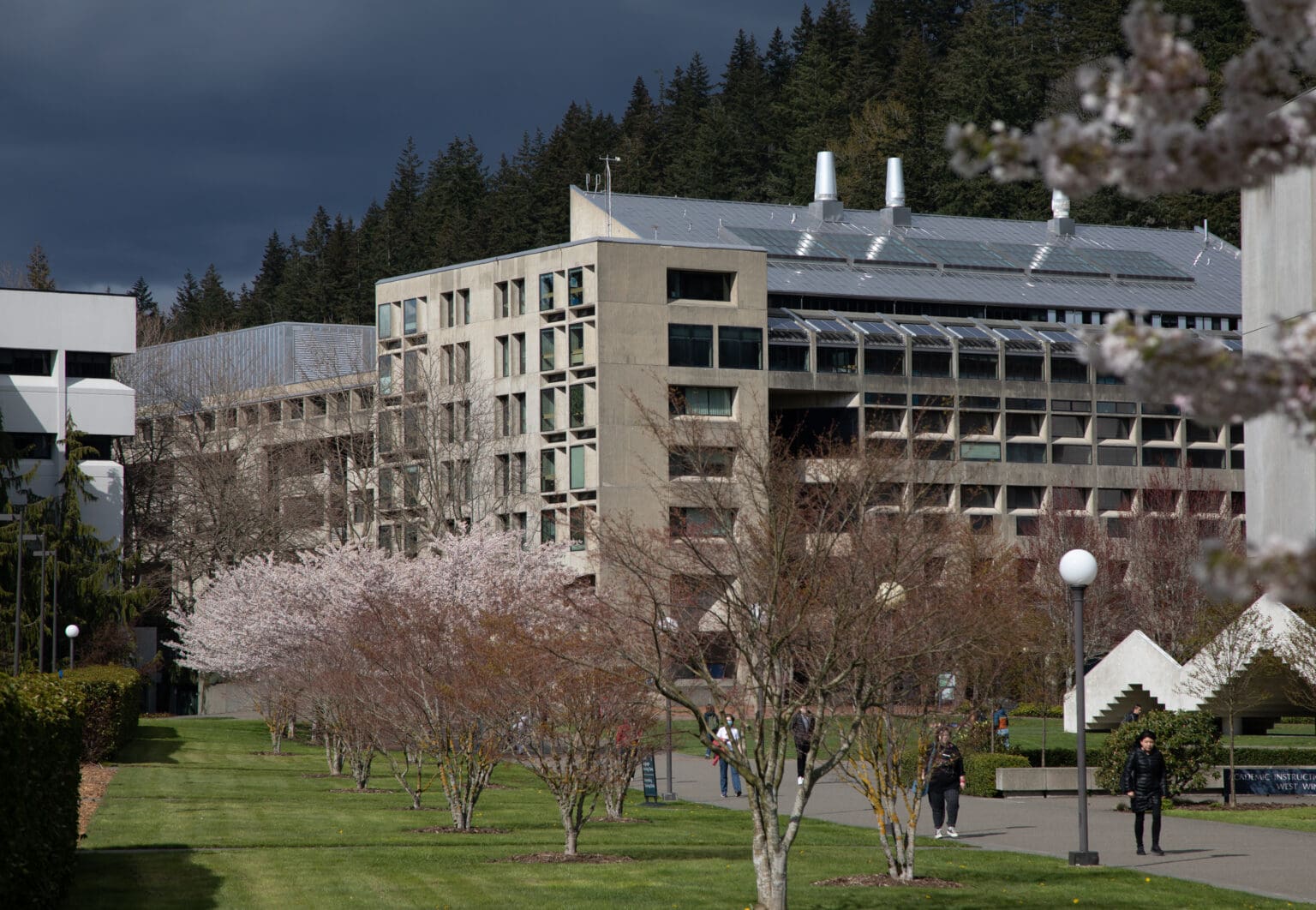
Repatriation does not mean those items have been physically returned to the Indigenous communities they belong to, explained Alyson Rollins of Western. Rather it means, legally, those items are “no longer in our control, but they’re still in our care.” Tribes can pick up the remains and artifacts at any time.
A database released by ProPublica in January 2023 prompted a nationwide look into the more than 600 institutions that possess remains, including Western. Institutions that receive federal funding have been required since 1990 to return “cultural items” and remains to American Indian Tribes, Alaska Native villages and Native Hawaiian organizations, after the passage of the Native American Graves Protection and Repatriation Act (NAGPRA).
Western has repatriated artifacts since before NAGPRA, but committed in 2023 to accelerating its efforts.
The university is in possession of 63 culturally affiliated remains — 41 of those have been repatriated. Another 18 remains have unidentified tribal affiliations, meaning Western must work with 34 Native American tribes and Canadian First Nations to determine where they belong.
Five remains have been physically transferred to ancestral communities. Rollins, who is the new NAGPRA program and collections manager at Western, said the university is still storing the rest for various reasons. For example, a tribe may have requested the university hold the items until members can pick them up.
Tribes are not bound by federal deadlines like institutions are, NAGPRA Advisory Committee Chair Judith Pine said. Communities can decide for themselves when to physically retrieve the remains and artifacts.
Pine said Western is “standing by to facilitate and assist.” Pine and Rollins describe the university’s relationship with local tribes as “long-standing” and positive.
Western returned three ancestral remains to the Swinomish Indian Tribal Community, Josephine Jefferson, the Swinomish Tribe’s historic preservation officer told CDN in a January email. She said they’re now being taken care of by the tribe’s “spiritual people and elders.”
“This is where they belong,” Jefferson told CDN in 2023. “They don’t belong in a science lab. They don’t belong in a museum to be looked at. And they don’t need to be studied, because we are human, we are people, and we’re the first peoples of this land.”
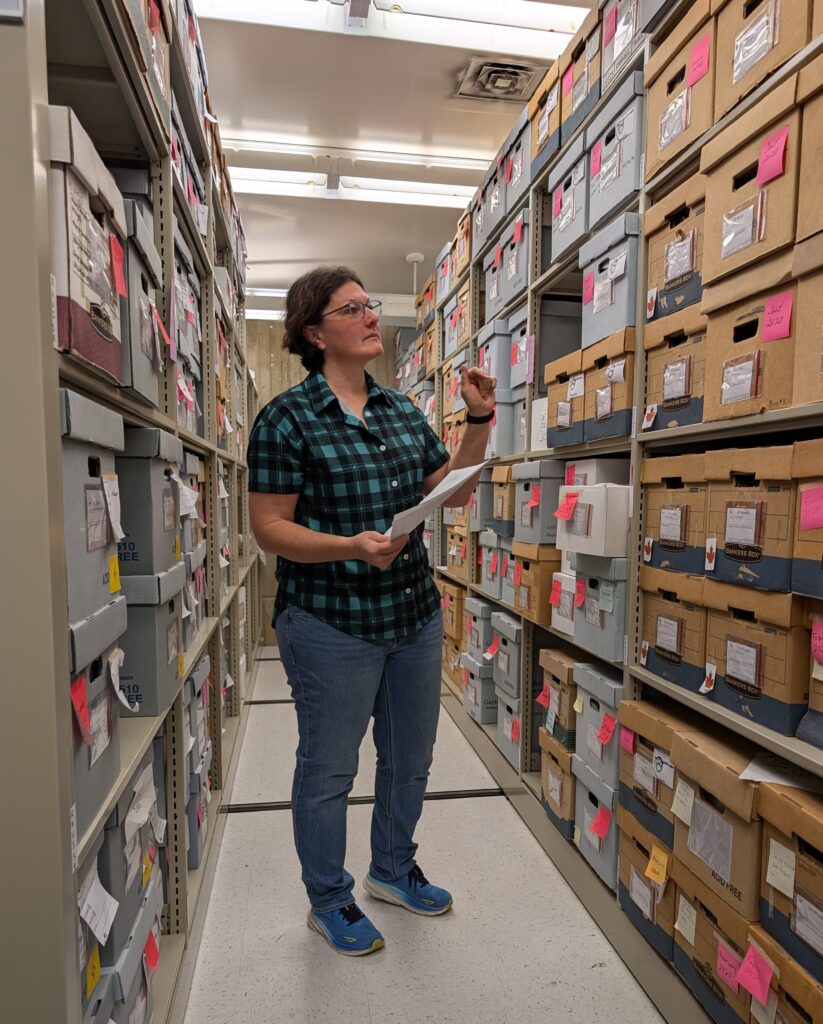
Rollins, who was hired in summer 2024, has now submitted documentation for all 63 culturally affiliated remains to the federal government. While the university won’t speak in detail on what is in its collection, some recent filings to the Federal Register paint a picture: A December filing reported remains of three individuals and 18 funerary objects including bone, stone and antler tools, and a whale rib, likely connected with the Lummi Nation or the Nooksack Indian Tribe.
Rollins has been at Western since 1995, and she isn’t new to the field of repatriation — she’s been working on those efforts her entire career. She worked for the Lummi Tribe in 2003 for a few years on their efforts to have their ancestors returned.
Western’s Tribal Liaison Laural Ballew said in a statement to CDN that she has known Rollins since 1999, and she has “demonstrated an unwavering commitment to partnering with tribal communities.”
“By learning from them and helping to develop cultural protocols for the handling and repatriation of ancestors, Alyson has earned deep respect and admiration,” Ballew said.
A January 2024 update to NAGPRA requires institutions to defer to Indigenous knowledge when identifying remains and artifacts. Rollins said this has been Western’s practice since the ’90s.
Over the last 14 years, staff at Western have invited anthropological/archeological experts and tribal experts to review collections.
“Side by side in the lab, we went through every bag and every box with the very specific goal of making sure no ancestors were left behind, and that all sacred items that the tribal experts considered needing to be repatriated were identified,” Rollins said.
This work is ongoing, and it’s why the number of remains and artifacts has changed over time. Rollins said she has found fragments of ancestral remains in collections that had already been reviewed.
Rollins sees her role as a facilitator, providing space for tribes with overlapping territories to decide which remains might belong to who.
“I think the process and the relationships will continue to evolve,” Rollins said. “The more transparent we are, I think the healthier the relationships are and the more progress [we make] towards getting everything and everyone home.”
Charlotte Alden is CDN’s general assignment/enterprise reporter; reach her at charlottealden@cascadiadaily.com





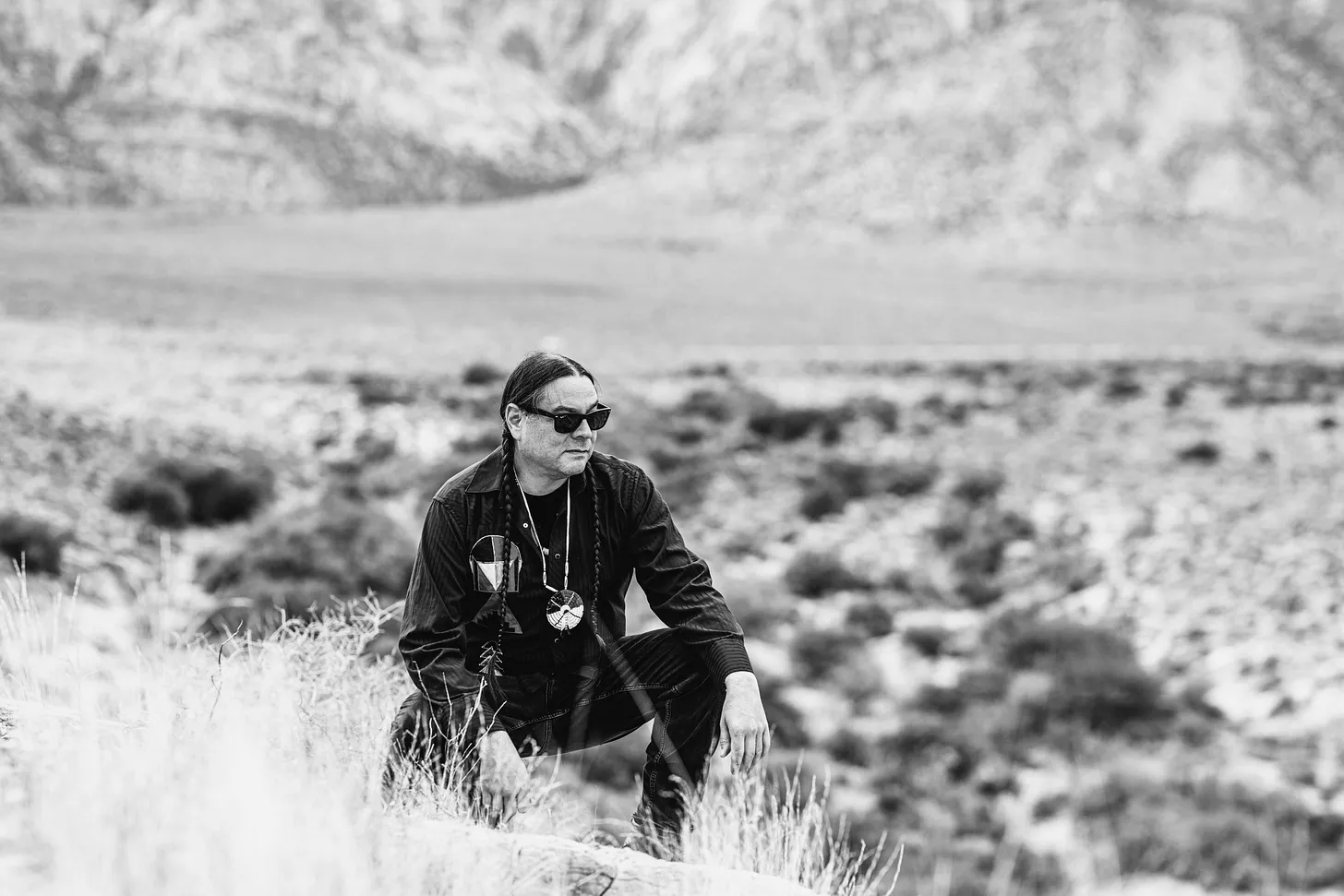

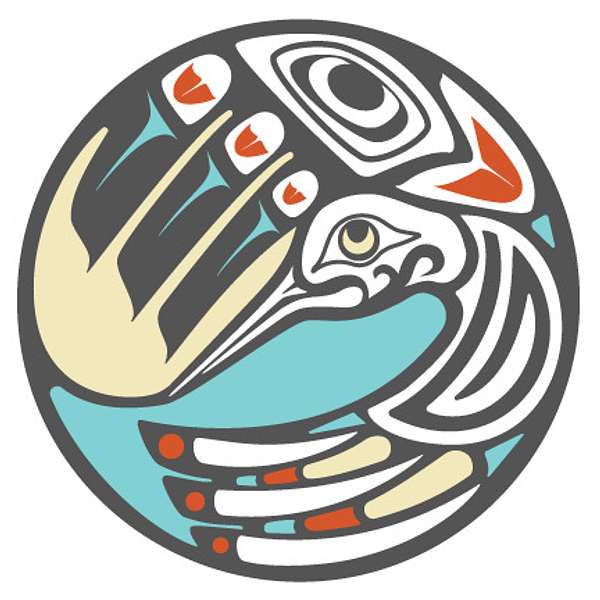





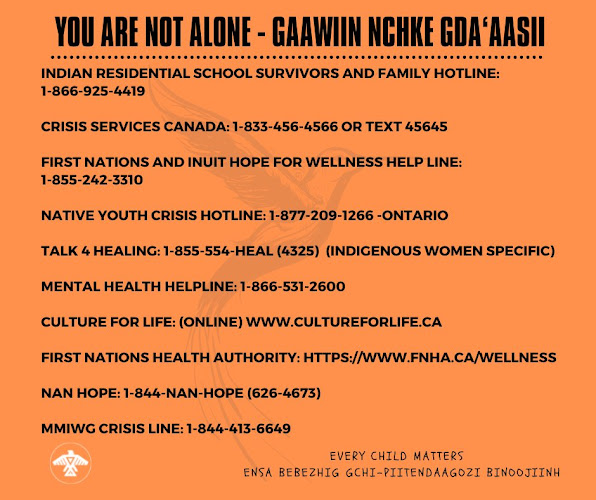









No comments:
Post a Comment
Please: Share your reaction, your thoughts, and your opinions. Be passionate, be unapologetic. Offensive remarks will not be published. We are getting more and more spam. Comments will be monitored.
Use the comment form at the bottom of this website which is private and sent direct to Trace.